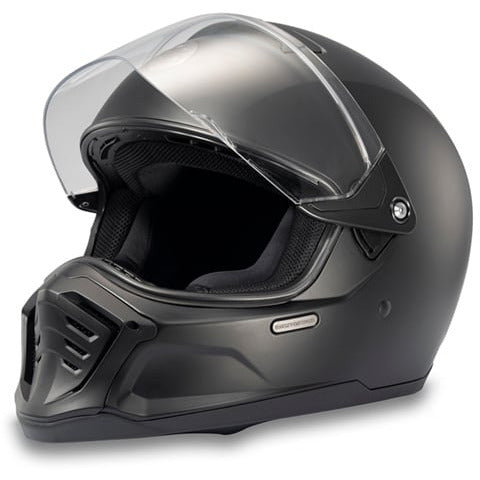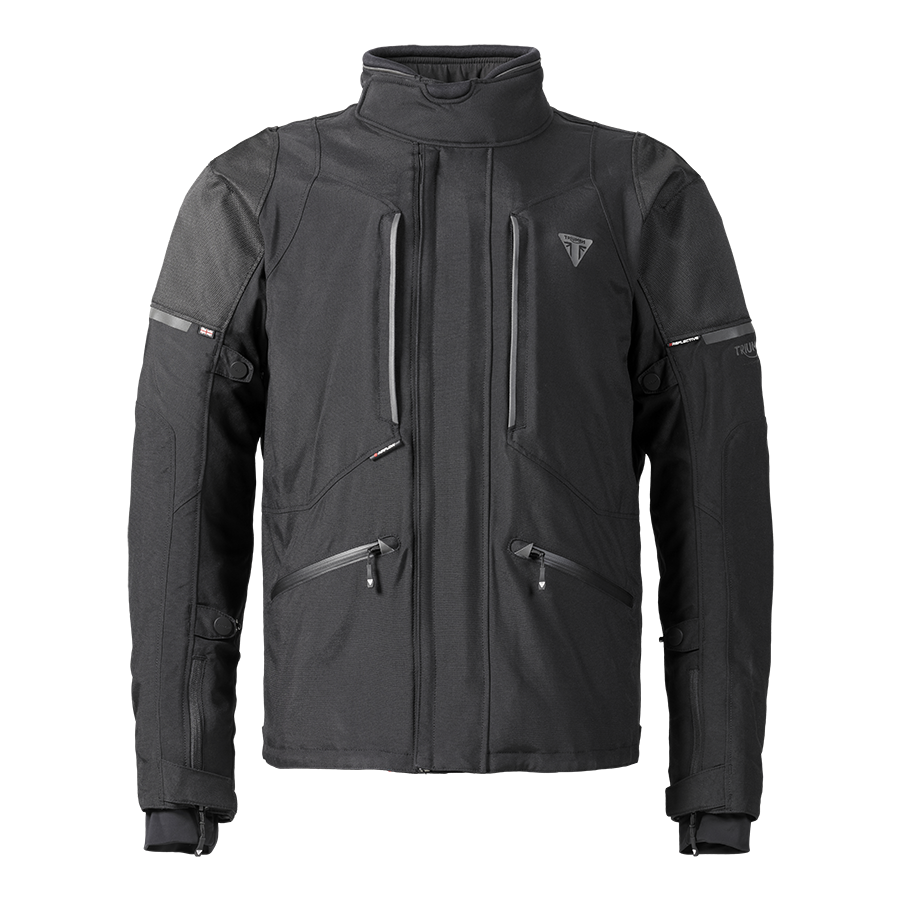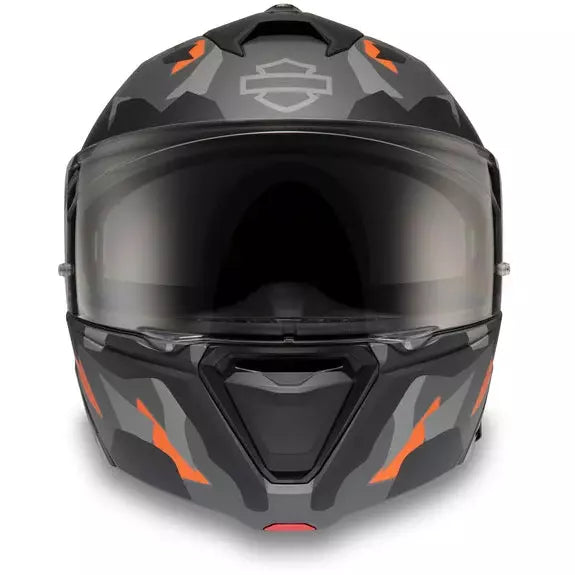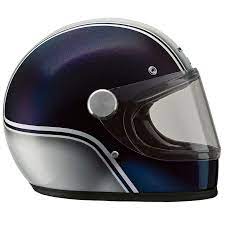Motorcycles: A Comprehensive Guide to Biking Enthusiasts
Introduction:
- Definition of a motorcycle.
- History and popularity.
Types of Motorcycles:
- Sportbikes: speed, agility, and handling.
- Cruisers: relaxed riding position, comfort.
- Touring: long-distance riding, comfort, storage.
- Dual-Sport: on-road and off-road use.
- Adventure: long-distance off-road travel.
- Scooters: easy-to-ride, urban commuting.
Components of a Motorcycle:
- Engine: heart of the motorcycle, generates power.
- Frame: backbone, supports components.
- Suspension: absorbs shocks, smooth ride.
- Wheels and Tires: two or three wheels, rubber compounds.
- Fuel System: supplies fuel to engine.
- Electrical System: powers lights, ignition.
Safety Features:
- Helmets and Protective Gear: essential for safety.
- Motorcycle Lights and Signals: visibility, communication.
- Anti-Lock Braking Systems (ABS): prevents wheel locking.
- Traction Control Systems: prevents rear wheel spin-out.
Riding a Motorcycle:
- Basic Riding Techniques: starting, shifting, balance.
- Proper Seating Position: comfort, control.
- Road Awareness and Safety: attention, defensive riding.
Motorcycles: A Comprehensive Guide to Biking Enthusiasts
Introduction
A. Definition of a Motorcycle: A motorcycle is a two-wheel or three-wheel motorized vehicle that has a frame, an engine, and wheels. Motorcycles are used for transportation, recreation, and racing. They can be classified into various types, each designed for specific purposes and riding styles.
B. History of Motorcycles: The history of motorcycles dates back to the late 1800s, with the invention of the first internal combustion engine by Nikolaus Otto. Early motorcycles were primarily used as a mode of transportation, but as technology advanced, they gained popularity for recreational and racing purposes. The 20th century witnessed significant advancements in motorcycle design and engineering, leading to the development of more powerful, efficient, and safer motorcycles.
C. Popularity and Global Reach of Motorcycles: Motorcycles have become a popular means of transportation worldwide, with millions of riders across different countries. Their popularity can be attributed to their affordability, fuel efficiency, maneuverability, and sense of freedom they offer. Motorcycles are also widely used in motorsports, such as MotoGP and World Superbike, which attract a large following of enthusiasts.
Types of Motorcycles
A. Sportbikes: Sportbikes are designed for speed, agility, and handling. They typically have powerful engines, lightweight frames, and aerodynamic bodywork. Sportbikes are ideal for track riding and spirited road riding but may be less comfortable for long-distance touring.
B. Cruisers: Cruisers are popular for their relaxed riding position, comfortable seats, and distinctive styling. They are typically powered by large-displacement engines that produce plenty of torque for low-speed cruising. Cruisers are suitable for long-distance touring and highway riding.

Title: HARLEY-DAVIDSON® HYDE WAY 120TH ANNIVERSARY X13 FULL FACE HELMET
Price: £224.85
SHOP NOW
C. Touring Motorcycles: Touring motorcycles are designed for long-distance riding, offering comfort, storage capacity, and weather protection. They are equipped with larger engines, comfortable seats, and windshields. Touring motorcycles are ideal for cross-country trips and extended road adventures.
D. Dual-Sport Motorcycles: Dual-sport motorcycles are designed for both on-road and off-road use. They typically have long-travel suspension, knobby tires, and a more upright riding position. Dual-sport motorcycles are suitable for exploring dirt trails, gravel roads, and paved highways.
E. Adventure Motorcycles: Adventure motorcycles are designed for long-distance off-road travel and exploration. They have powerful engines, rugged suspension, and ample storage capacity. Adventure motorcycles are ideal for traversing challenging terrain, deserts, and remote areas.
F. Scooters: Scooters are small, lightweight, and easy-to-ride two-wheeled vehicles. They have a step-through design, automatic transmission, and a small engine. Scooters are popular for urban commuting and short-distance travel.

Title: TRIUMPH CRANBOURNE JACKET - BLACK
Price: £320.00
SHOP NOW
Components of a Motorcycle
A. Engine: The engine is the heart of a motorcycle, responsible for generating power and propelling the vehicle. Motorcycles typically have internal combustion engines, which burn fuel to create energy. Different types of motorcycles have different engine configurations, such as single-cylinder, V-twin, and inline-four, each with its own characteristics.
"The motorcycle is a fascinating vehicle that offers a unique blend of freedom, exhilaration, and practicality. With proper training and safety precautions, riding a motorcycle can be an enjoyable and rewarding experience."
B. Frame: The frame is the backbone of a motorcycle, supporting the engine, suspension, and other components. Motorcycle frames are typically made of steel or aluminum alloys, providing strength and rigidity while maintaining a lightweight design.
C. Suspension: The suspension system absorbs shocks and vibrations from the road surface, ensuring a smooth and comfortable ride. Motorcycles typically have front and rear suspension systems, which can be conventional, telescopic forks, or more sophisticated designs like monoshock or linkage systems.

Title: HARLEY DAVIDSON® CAPSTONE CAMO SUN SHIELD II H31 MODULAR HELMET
Price: £247.33
SHOP NOW
D. Wheels and Tires: Motorcycles have two or three wheels, depending on the type of motorcycle. The wheels are typically made of alloy or steel, while the tires are made of rubber compounds designed for specific riding conditions, such as street, off-road, or wet weather.
E. Fuel System: The fuel system supplies fuel from the tank to the engine. It consists of a fuel tank, fuel lines, and a carburetor or fuel injection system. Fuel injection systems are more efficient and precise, providing better engine performance and fuel economy.
F. Electrical System: The electrical system powers the motorcycle's lights, ignition, and other electrical components. It consists of a battery, a charging system, and a wiring harness. Advanced motorcycles may also have electronic control units (ECUs) that manage engine performance and safety features.
Safety Features
A. Helmets and Protective Gear: Helmets and protective gear are essential for motorcycle safety. Helmets protect the rider's head in a crash, while protective gear, such as jackets, pants, gloves, and boots, minimizes injuries in case of a fall. Wearing proper safety gear significantly reduces the risk of severe injuries or fatalities in a motorcycle accident.

Title: BMW GRAND RACER SEBRING HELMET
Price: £350.00
SHOP NOW
B. Motorcycle Lights and Signals: Motorcycles have headlights, taillights, and turn signals to ensure visibility and communication with other road users. Proper functioning of lights and signals is crucial for safe riding, especially during night or low-light conditions.
C. Anti-Lock Braking Systems (ABS): ABS is a safety feature that prevents the wheels from locking during braking, allowing the rider to maintain control and stability. ABS is particularly useful in slippery or wet conditions, reducing the risk of skidding and loss of control.
D. Traction Control Systems: Traction control systems help prevent the rear wheel from spinning out during acceleration, especially on slippery surfaces. They work by reducing engine power or applying brakes to regain traction. Traction control systems enhance safety and stability, especially for less experienced riders.
Riding a Motorcycle
A. Basic Riding Techniques: Learning to ride a motorcycle requires proper training and practice. Basic riding techniques include starting and stopping the motorcycle, shifting gears, using the clutch, and maintaining proper balance. It is essential to master these techniques in a controlled environment before riding on public roads.

Title: HARLEY-DAVIDSON® MEN'S ARTERIAL ABRASION-RESISTANT SLIM FIT RIDING SWEATSHIRT
Price: £162.99
SHOP NOW
B. Proper Seating Position: The proper seating position is crucial for
Motorcycles: A Comprehensive Guide to Biking Enthusiasts
Outline
- Definition of a Motorcycle
- History of Motorcycles
- Popularity and Global Reach of Motorcycles
- Types of Motorcycles
- Components of a Motorcycle
- Safety Features
- Riding a Motorcycle
FAQ
Q: What is a motorcycle?
A: A motorcycle is a two-wheel or three-wheel motorized vehicle used for transportation, recreation, and racing, consisting of a frame, an engine, and wheels.
Q: When were motorcycles invented?
A: The history of motorcycles dates back to the late 1800s, with the invention of the first internal combustion engine by Nikolaus Otto.
Q: Why are motorcycles popular?
A: Motorcycles are popular due to their affordability, fuel efficiency, maneuverability, and the sense of freedom they offer. They are also widely used in motorsports, attracting a large following of enthusiasts.
Q: What are the different types of motorcycles?
A: There are various types of motorcycles, including sportbikes, cruisers, touring motorcycles, dual-sport motorcycles, adventure motorcycles, and scooters, each designed for specific purposes and riding styles.
Q: What are the main components of a motorcycle?
A: The main components of a motorcycle include the engine, frame, suspension, wheels and tires, fuel system, and electrical system.
Q: What are some important motorcycle safety features?
A: Important motorcycle safety features include helmets and protective gear, motorcycle lights and signals, anti-lock braking systems (ABS), and traction control systems.
Q: How do I learn to ride a motorcycle?
A: Learning to ride a motorcycle requires proper training and practice. Basic riding techniques include starting and stopping the motorcycle, shifting gears, using the clutch, and maintaining proper balance.
Explore More:
- Ride with the Legends: Discover Harley-Davidson Apparel
- Gear Up for Adventure: Explore BMW Motorcycle Apparel
- Feel the Grip: Motorcycle Gloves for Every Ride
- Ride in Style: Motobike Jackets for Every Season
- Stay Protected: Motorcycle Trousers for the Ultimate Ride
- Experience Italian Excellence: Ducati Apparel for Passionate Riders
- Embrace the Legacy: Discover Royal Enfield Apparel